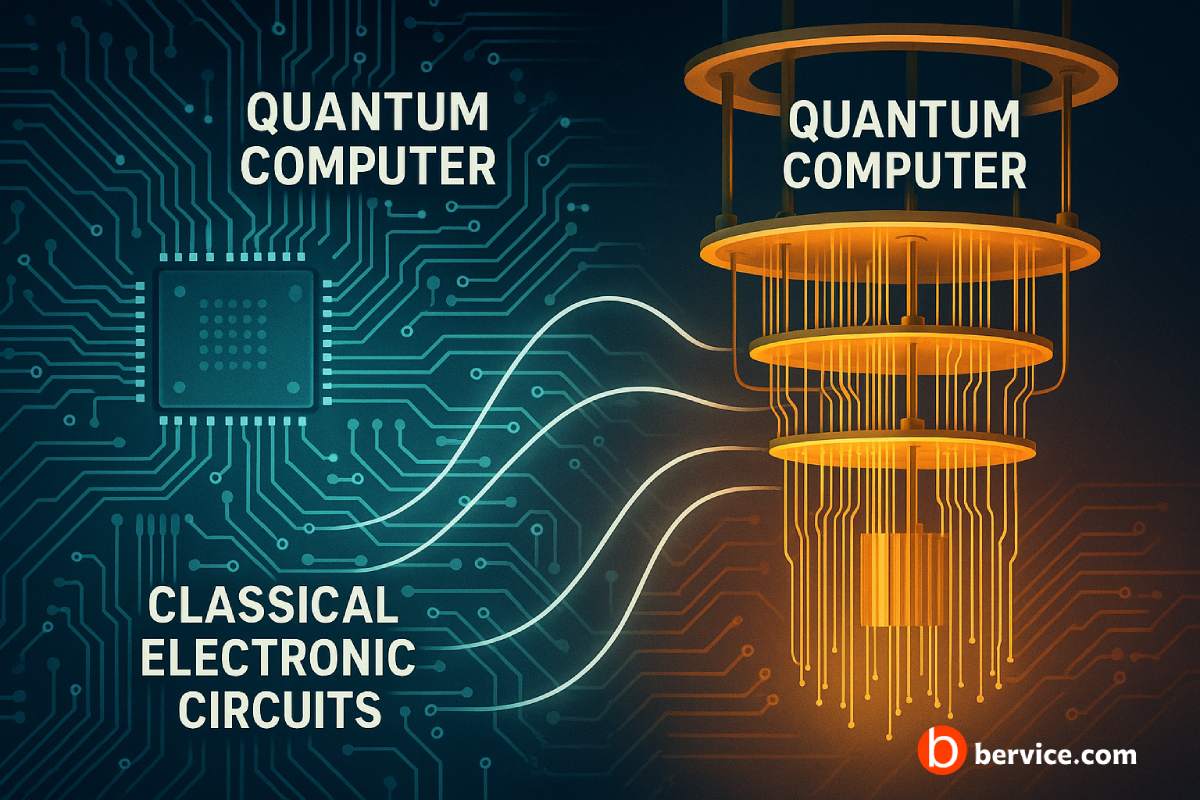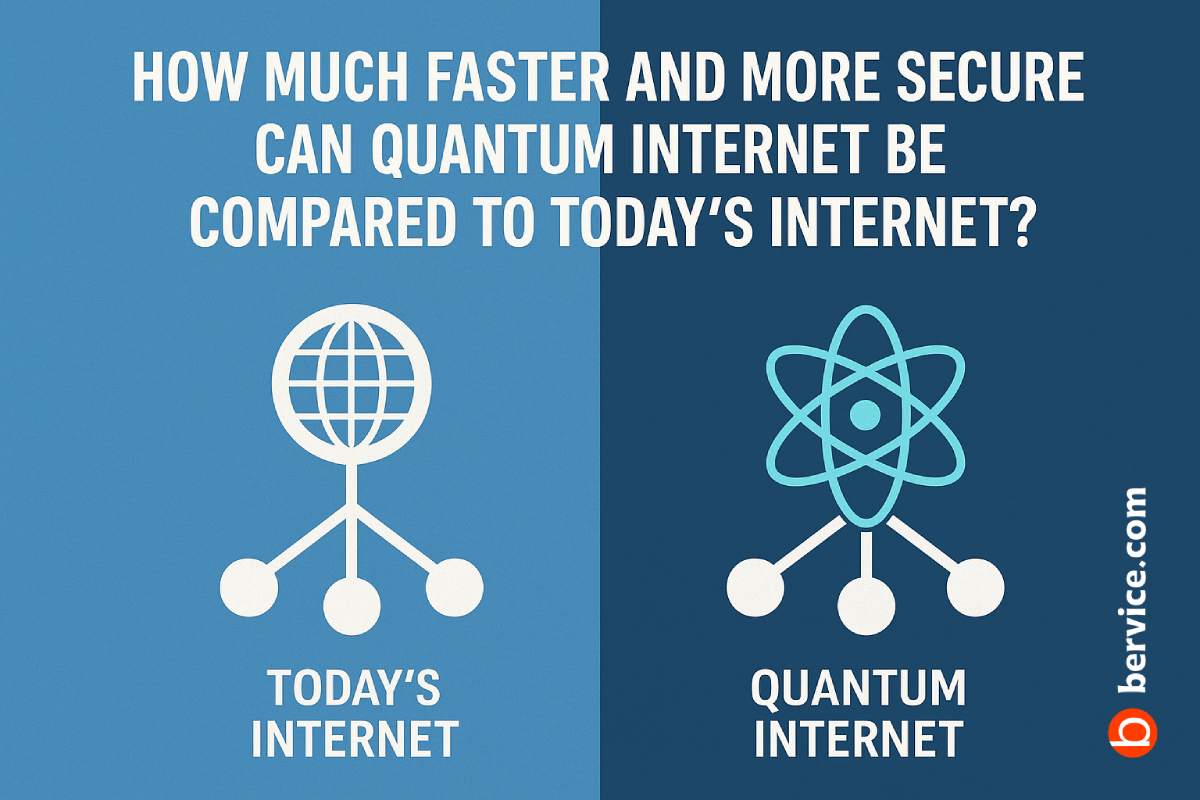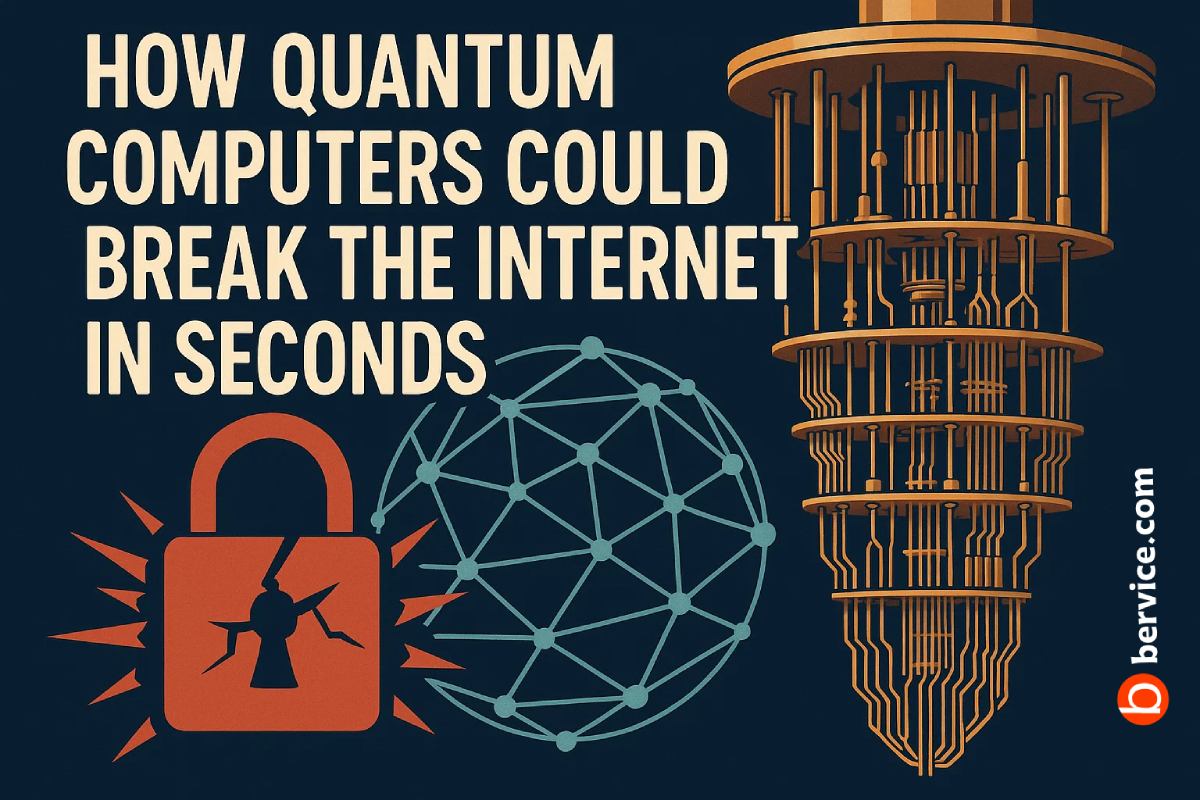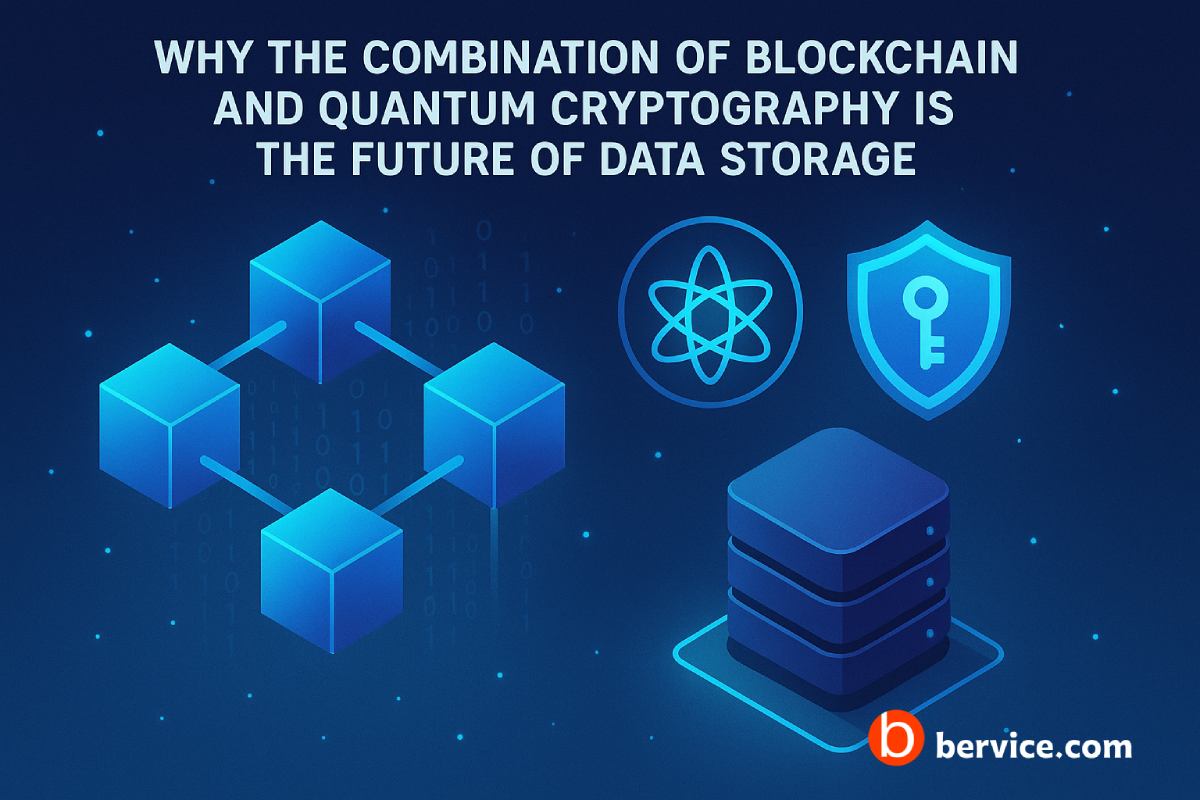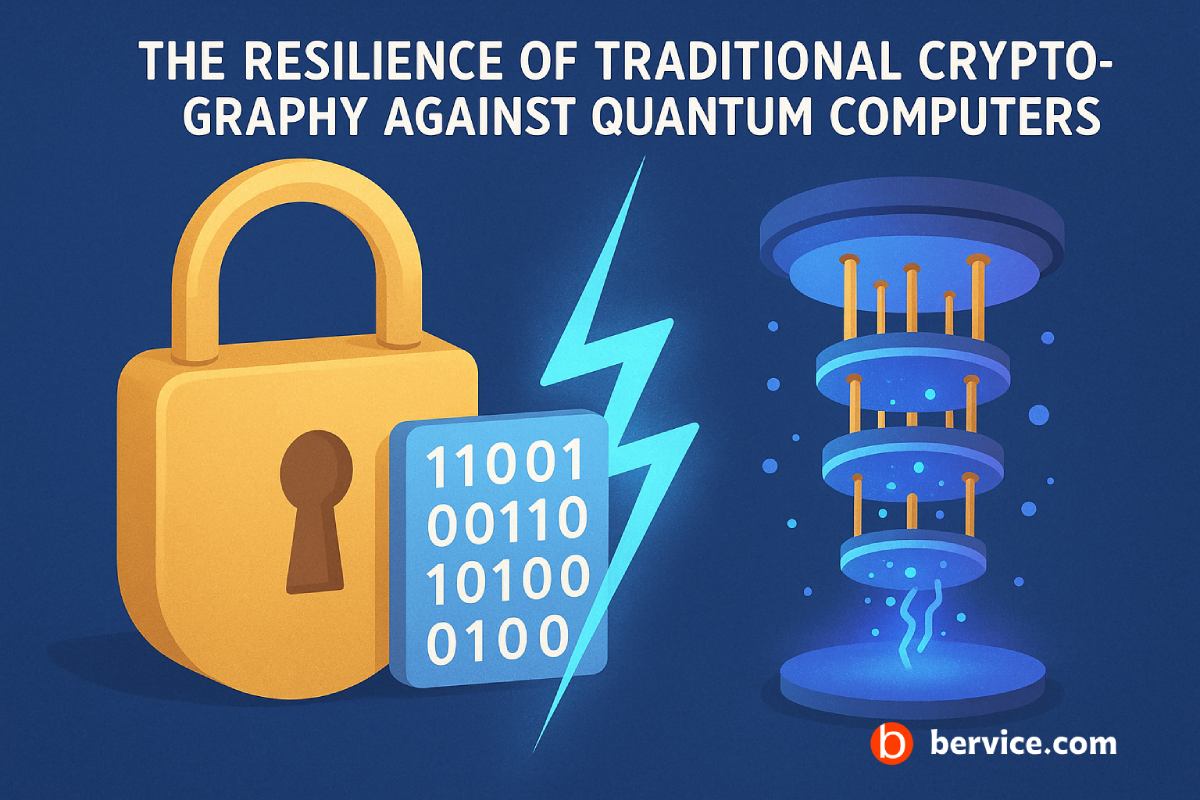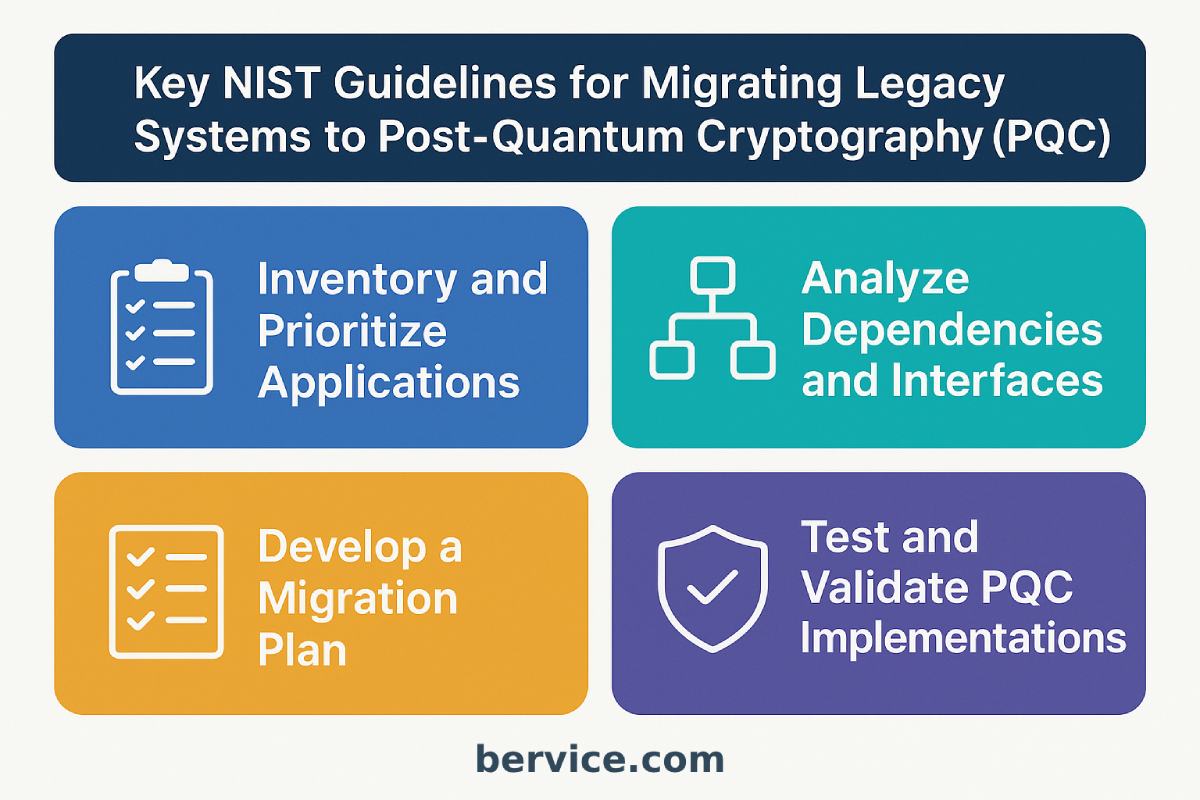
As the advent of quantum computing threatens the foundations of traditional cryptographic systems, organizations across the globe are being urged to transition toward Post-Quantum Cryptography (PQC). To guide this critical migration, the National Institute of Standards and Technology (NIST) has played a central role by issuing standards, recommendations, and timelines that help industries and governments safeguard their digital infrastructure against quantum threats. This article outlines the most important NIST guidelines and considerations for migrating legacy systems to PQC.
1. Understanding the Quantum Threat Landscape
NIST emphasizes the urgency of preparing for quantum-capable adversaries. While large-scale quantum computers are not yet fully realized, the “harvest now, decrypt later” attack model is already a major concern. In this model, encrypted data is stored today and potentially decrypted in the future using quantum computers. To counter this, NIST advises that sensitive data — especially data with long-term confidentiality needs — must be encrypted using quantum-resistant algorithms as soon as possible.
2. NIST’s Standardization of PQC Algorithms
After a multi-year global competition, NIST announced in 2022 the first set of PQC algorithms selected for standardization:
- ✅ CRYSTALS-Kyber (for public-key encryption and key encapsulation)
- ✅ CRYSTALS-Dilithium (for digital signatures)
- ✅ FALCON (alternative digital signature scheme)
- ✅ SPHINCS+ (hash-based digital signatures for conservative applications)
These algorithms are designed to resist attacks from both classical and quantum computers. Organizations are advised to begin evaluating and integrating these schemes into their systems while remaining agile for future algorithm updates or replacements.
3. Preparing a Cryptographic Inventory
NIST’s migration roadmap emphasizes the importance of performing a cryptographic inventory. This involves:
- 🔍 Identifying all cryptographic assets (e.g., TLS, VPNs, file encryption, code signing).
- 🧮 Cataloging the algorithms, libraries, and protocols used.
- 📅 Assessing the data sensitivity and lifespan (e.g., personal medical records, government secrets).
The goal is to identify which systems are most vulnerable to quantum attacks and prioritize their migration accordingly.
4. Hybrid Cryptography as a Transition Strategy
To mitigate the risks of premature adoption or implementation failures, NIST recommends a hybrid cryptography approach. This combines classical algorithms (like RSA or ECC) with quantum-safe algorithms (like Kyber or Dilithium). Hybrid systems can offer backward compatibility and stronger assurance during the transitional period, ensuring systems remain secure even if quantum-safe algorithms need further evaluation.
5. Standard Compliance and Agility
NIST stresses the importance of agility in cryptographic design. Organizations should:
- 🧩 Adopt crypto-agile architectures that allow easy swapping of algorithms.
- 📦 Use modular cryptographic libraries and protocols.
- 🔐 Avoid hardcoding algorithms or keys into hardware or firmware.
This flexibility is essential, as even standardized PQC algorithms may evolve based on further cryptanalysis or real-world deployment feedback.
6. Testing and Validation
Before full-scale deployment, NIST advises rigorous testing and validation of post-quantum systems. This includes:
- 📊 Benchmarking performance of PQC algorithms on various hardware (especially constrained devices).
- 📈 Conducting penetration testing and side-channel analysis.
- 🧪 Ensuring compatibility with current systems and user experience expectations.
NIST also provides simulation tools and encourages the use of open-source PQC libraries for prototyping.
7. Timeline and Urgency
NIST expects full standards for PQC to be finalized between 2024 and 2025. However, the transition is expected to take several years. Critical systems, especially those involved in national security, are already undergoing migration. NIST’s Post-Quantum Readiness Guidelines urge organizations to act now, not wait for the quantum threat to materialize.
8. Global Collaboration and Ecosystem Development
NIST is working in coordination with other international bodies such as:
- 🔐 ISO/IEC JTC 1/SC 27
- 🛡️ NSA (Commercial National Security Algorithm Suite)
- 🌐 ETSI Quantum-Safe Working Group
This global collaboration ensures interoperability and widespread adoption. Organizations are encouraged to stay engaged with these communities to remain updated.
Final Thoughts
Transitioning to Post-Quantum Cryptography is not merely a technical upgrade — it’s a strategic imperative. NIST’s proactive approach provides a structured pathway for organizations to future-proof their systems against quantum adversaries. By taking early steps — including cryptographic inventories, hybrid implementations, and crypto-agile designs — stakeholders can secure their data for decades to come in a quantum-enabled world.
Connect with us : https://linktr.ee/bervice
